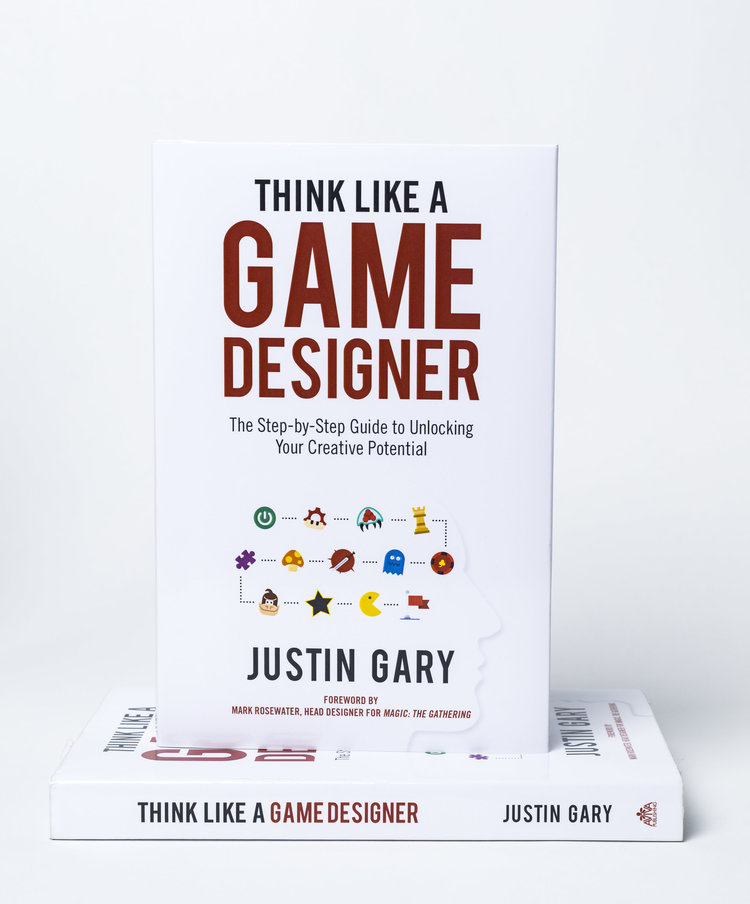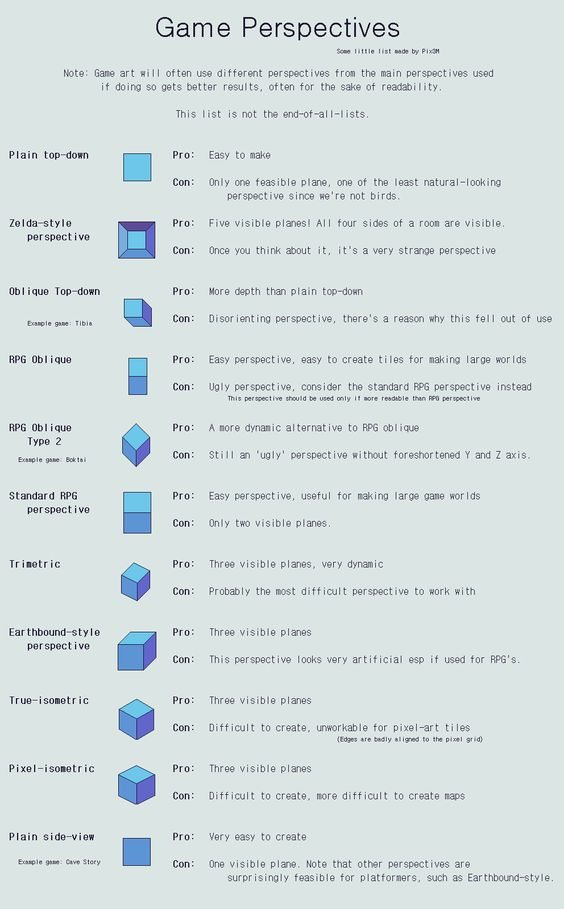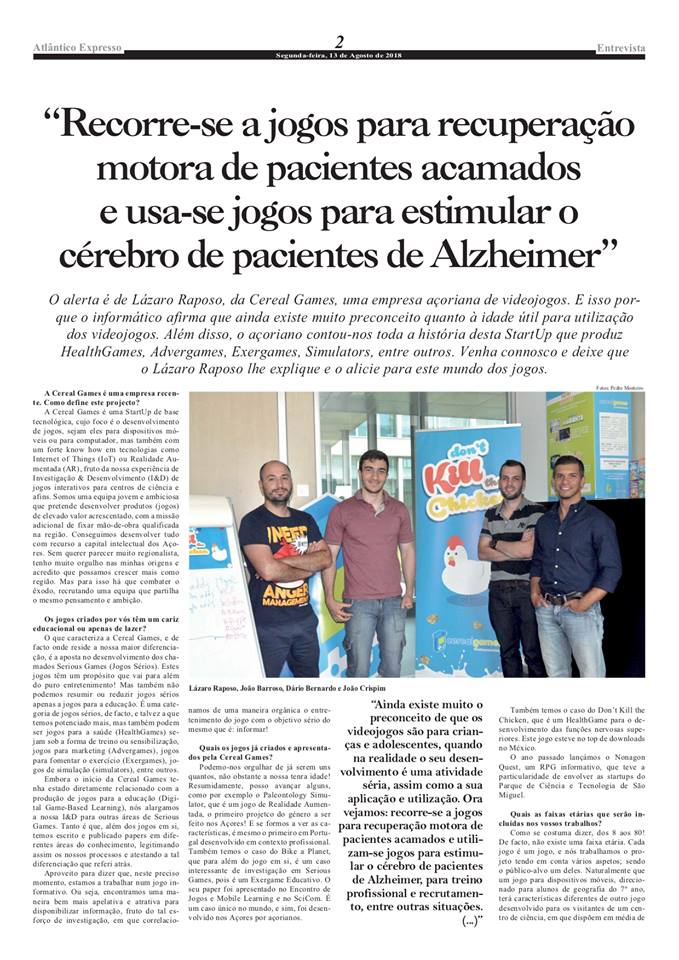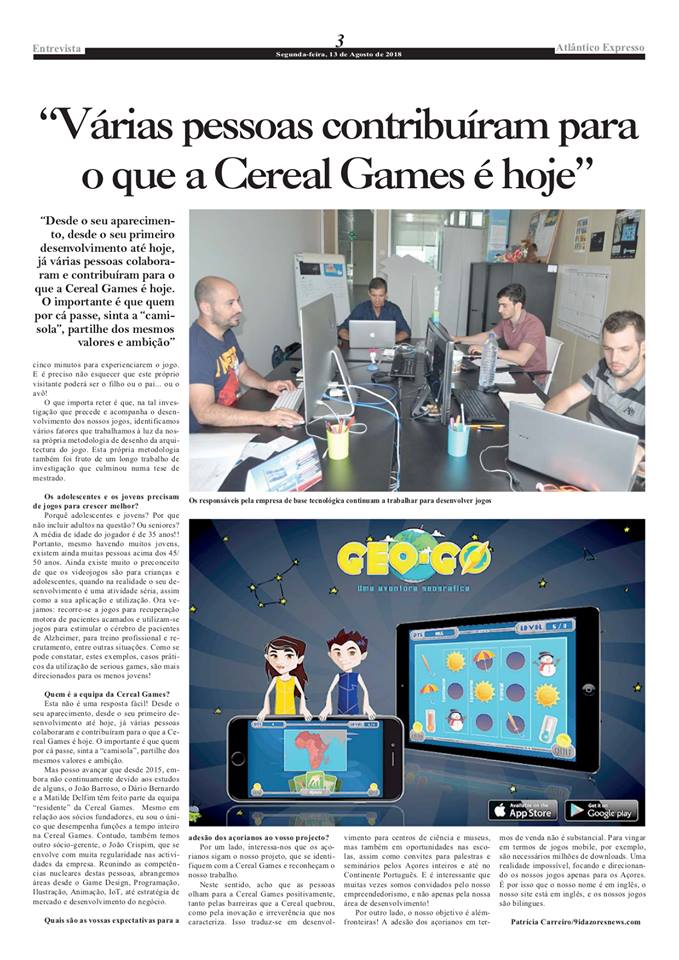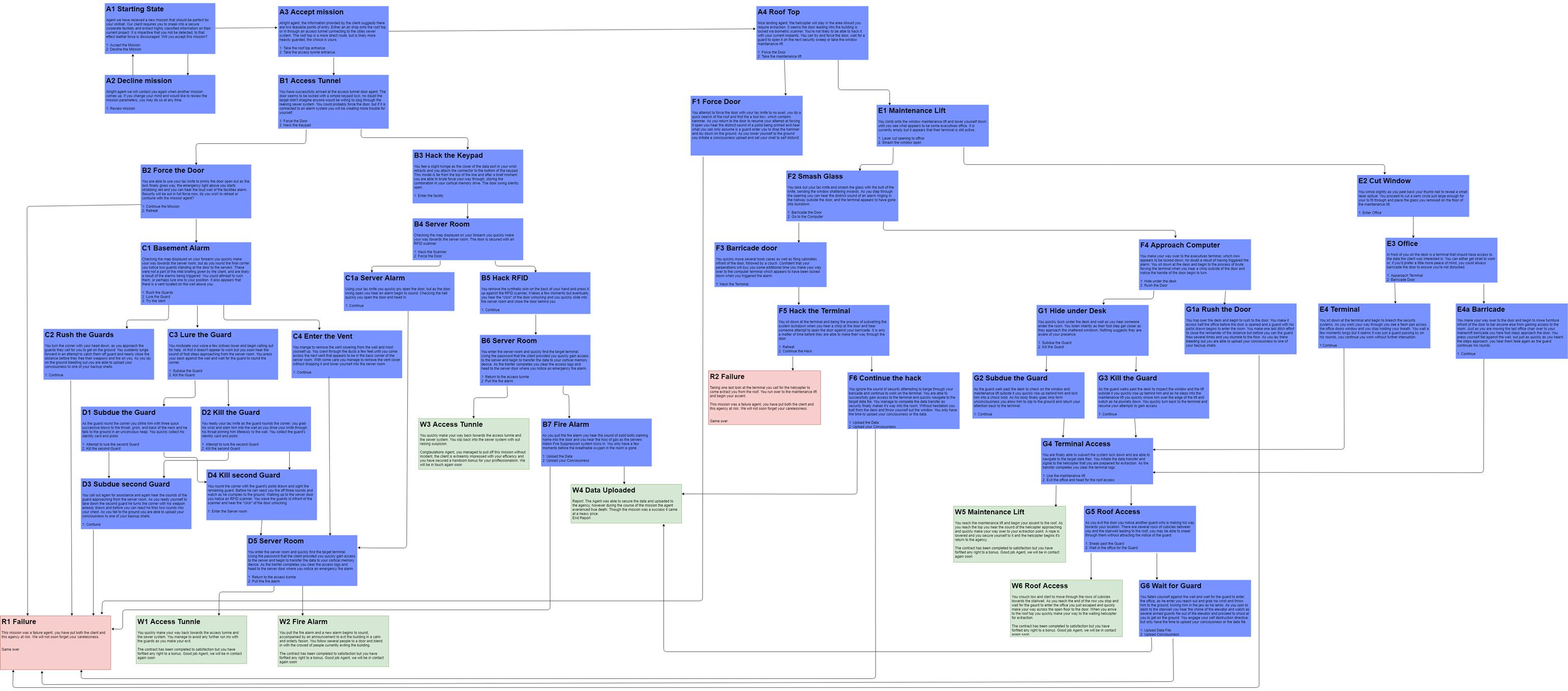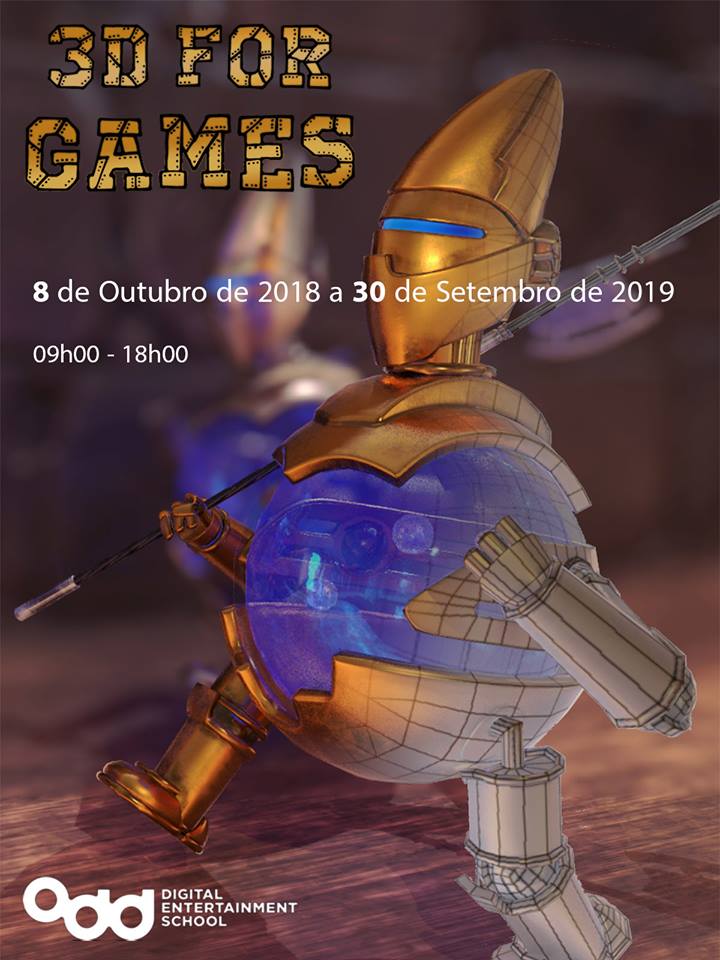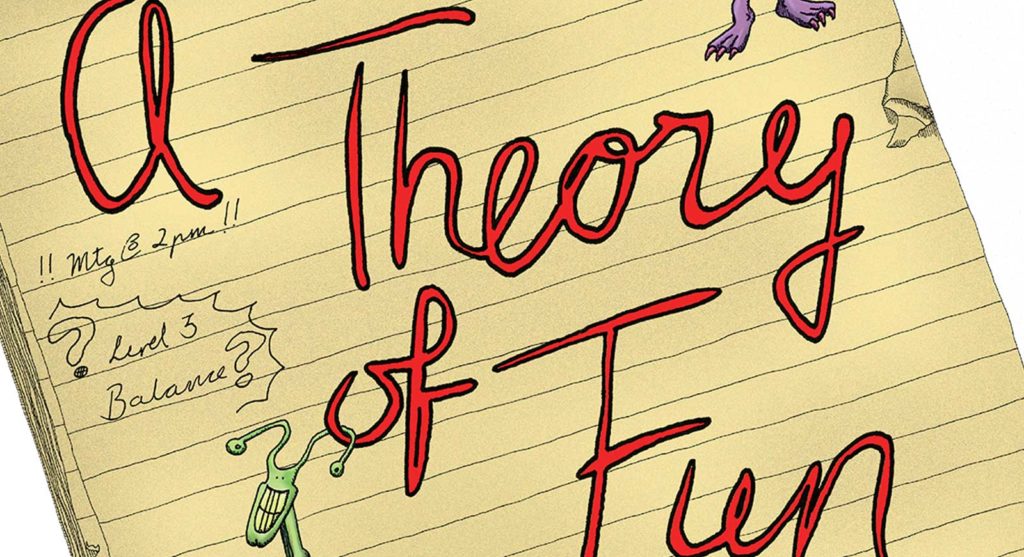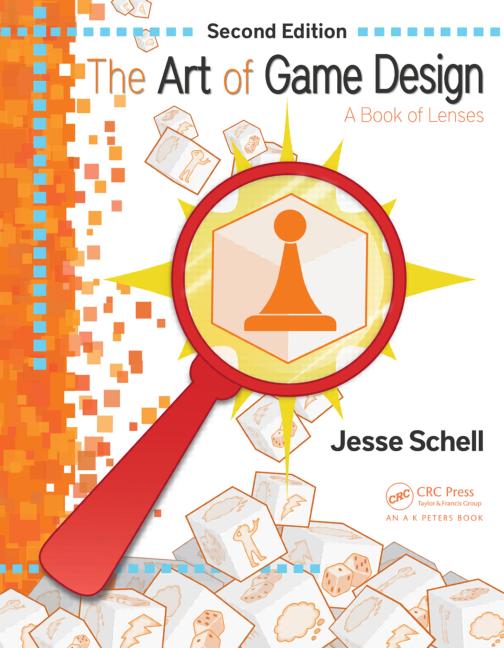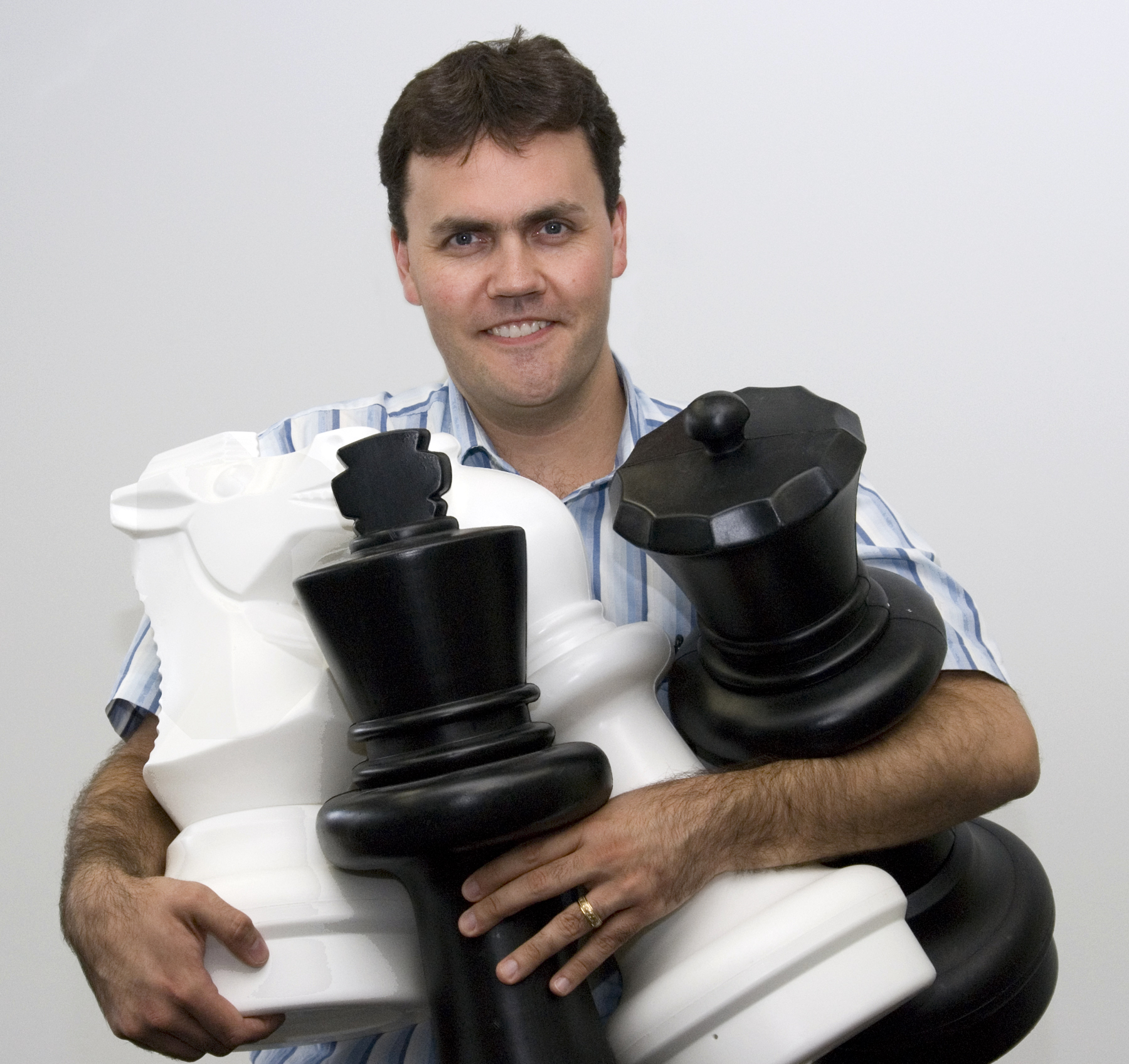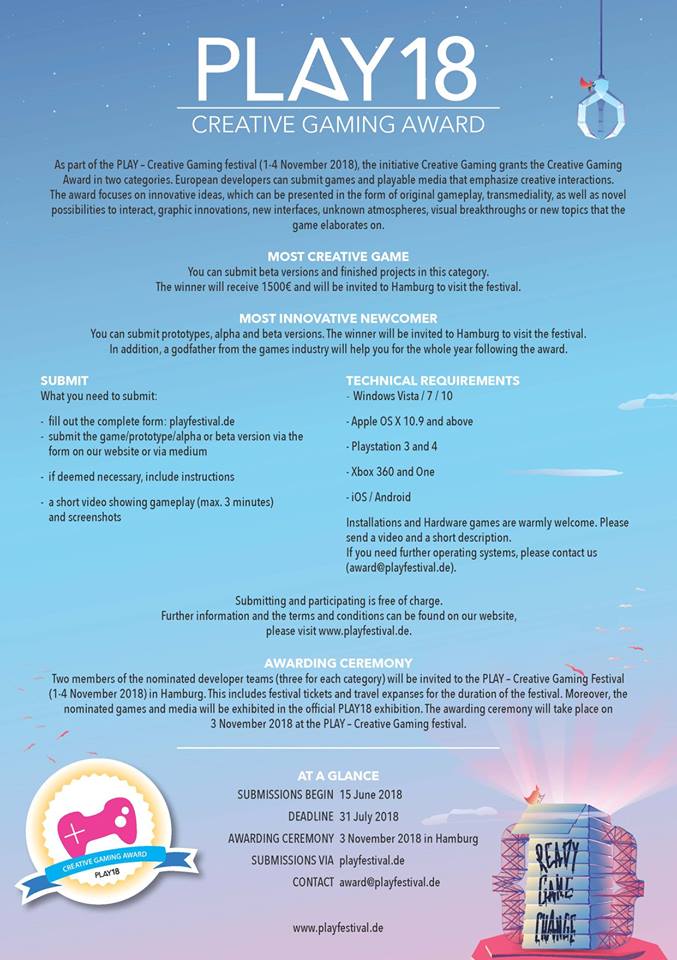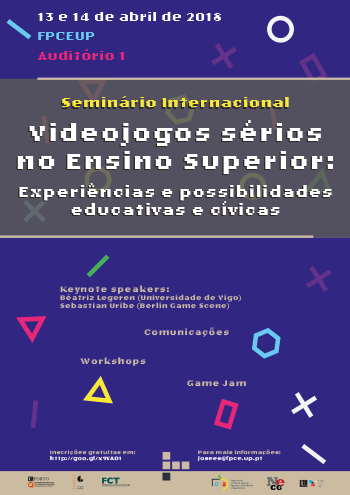parte 4 – ficheiros (binários)
Existem dois tipos de ficheiros: binários e de texto
se for feito uso de um ficheiro binário é recomendável que se guarde o numero de estruturas logo no inicio do ficheiro e de seguida as estruturas
versão light onde indico qual o numero de estruturas que existem e que vão ser guardadas no ficheiro
#include <stdio.h>
#include <stdlib.h>
#include <string.h>
#define TAM 5
typedef struct dados{
char numeroConta[15];
char nome[50];
int montante;
} cliente;
int menu(){
int i;
puts("1 - adiciona cliente");
puts("2 - elimina cliente");
puts("3 - lista clientes");
puts("4 - mostra mais rico");
puts("5 - terminar");
puts("Escolha uma opcao: ");
do{
scanf(" %d", &i);
}while(i <0 || i >5);
return i;
}
cliente escreve_cliente(){
cliente t;
printf("Qual o numero da conta?");
scanf(" %14s", t.numeroConta);
printf("Qual o nome?");
scanf(" %99[^\n]", t.nome);
printf("Qual o montante?");
scanf("%d", &(t.montante));
return t;
}
void adiciona_cliente(cliente tabC[], int *totalC){
if(*totalC>=TAM){
printf("tabela de cliente cheia");
}else{
tabC[*totalC] = escreve_cliente();
(*totalC)++;
}
}
void mostra_todos(cliente tab[], int totalC){
if(totalC==0){
printf("nao existem clientes\n");
}else{
for(int i=0; i< totalC; i++){
printf("%s \t %s \t %d \n", tab[i].numeroConta, tab[i].nome, tab[i].montante);
}
}
}
void procura_mais_rico(cliente tab[], int totalC){
cliente maiorT;
int aux=0, i=0;
if(totalC==0){
printf("nao existem clientes\n");
}else{
maiorT.montante = tab[i].montante;
for(; i< totalC; i++){ if(tab[i].montante > maiorT.montante ){
aux = i;
}
}
printf("\no maior vem %d:\n" , aux);
printf("%s \t %s \t %d \n", tab[aux].numeroConta, tab[aux].nome, tab[aux].montante);
}
}
void elimina_cliente(cliente tab[], int *totalC){
char st[15];
int i;
printf("Qual o numero da conta a eliminar? (%d)", *totalC);
scanf(" %14s", st);
if(totalC<0){
printf("nao existem clientes. nao se pode eliminar nada\n");
}else{
for(i=0; i < *totalC && strcmp(st, tab[i].numeroConta)!=0; i++) //serve para posicionar o i quando encontrei
;
if(i==*totalC){
printf("cliente nao existe\n");
}else{
tab[i]=tab[*totalC-1]; //serve para arrastar o ultimo para a posição atual
(*totalC)--;
}
}
}
void guarda_dados_binario(cliente *b, int totalC){
FILE *f;
f = fopen("bancoBinario.bin", "wb");
if(f==NULL){
printf("\n erro no acesso ao ficheiro \n");
return;
}else{
fwrite(&totalC, sizeof(int), 1, f);
fwrite(b, sizeof(cliente), totalC, f);
fclose(f);
}
}
int ler_dados_binario(cliente *b){
FILE *f;
int total;
f = fopen("bancoBinario.bin", "rb");
if(f==NULL){
printf("\n erro no acesso ao ficheiro \n");
return 0;
}else{
fread(&total, sizeof(int), 1, f);
fread(b, sizeof(cliente), total, f);
fclose(f);
return total;
}
}
int main() {
printf("estruturas\n");
int totalClientes=0, escolha;
cliente Banco[TAM];
totalClientes = ler_dados_binario(Banco);
do{
escolha = menu();
switch(escolha){
case 1: adiciona_cliente(Banco,&totalClientes); break;
case 2: elimina_cliente(Banco,&totalClientes); break;
case 3: mostra_todos(Banco,totalClientes); break;
case 4: procura_mais_rico(Banco,totalClientes); break;
}
}while(escolha != 5);
guarda_dados_binario(Banco, totalClientes);
return 0;
}
versão hardcore onde NAO indico qual o numero de estruturas que existem e que vão ser guardadas no ficheiro
#include <stdio.h>
#include <stdlib.h>
#include <string.h>
#define TAM 5
typedef struct dados{
char numeroConta[15];
char nome[50];
int montante;
} cliente;
int menu(){
int i;
puts("1 - adiciona cliente");
puts("2 - elimina cliente");
puts("3 - lista clientes");
puts("4 - mostra mais rico");
puts("5 - terminar");
puts("Escolha uma opcao: ");
do{
scanf(" %d", &i);
}while(i <0 || i >5);
return i;
}
cliente escreve_cliente(){
cliente t;
printf("Qual o numero da conta?");
scanf(" %14s", t.numeroConta);
printf("Qual o nome?");
scanf(" %99[^\n]", t.nome);
printf("Qual o montante?");
scanf("%d", &(t.montante));
return t;
}
void adiciona_cliente(cliente tabC[], int *totalC){
if(*totalC>=TAM){
printf("tabela de cliente cheia");
}else{
tabC[*totalC] = escreve_cliente();
(*totalC)++;
}
}
void mostra_todos(cliente tab[], int totalC){
if(totalC==0){
printf("nao existem clientes\n");
}else{
for(int i=0; i< totalC; i++){
printf("%s \t %s \t %d \n", tab[i].numeroConta, tab[i].nome, tab[i].montante);
}
}
}
void procura_mais_rico(cliente tab[], int totalC){
cliente maiorT;
int aux=0, i=0;
if(totalC==0){
printf("nao existem clientes\n");
}else{
maiorT.montante = tab[i].montante;
for(; i< totalC; i++){
if(tab[i].montante > maiorT.montante ){
aux = i;
}
}
printf("\no maior vem %d:\n" , aux);
printf("%s \t %s \t %d \n", tab[aux].numeroConta, tab[aux].nome, tab[aux].montante);
}
}
void elimina_cliente(cliente tab[], int *totalC){
char st[15];
int i;
printf("Qual o numero da conta a eliminar? (%d)", *totalC);
scanf(" %14s", st);
if(totalC<0){
printf("nao existem clientes. nao se pode eliminar nada\n");
}else{
for(i=0; i < *totalC && strcmp(st, tab[i].numeroConta)!=0; i++) //serve para posicionar o i quando encontrei
;
if(i==*totalC){
printf("cliente nao existe\n");
}else{
tab[i]=tab[*totalC-1]; //serve para arrastar o ultimo para a posição atual
(*totalC)--;
}
}
}
void guarda_dados_binario(cliente *b, int total){
FILE *f;
f = fopen("bancoBinario2.bin", "wb");
if(f==NULL){
printf("\n erro no acesso ao ficheiro \n");
return;
}else{
fwrite(b, sizeof(cliente), total, f);
fclose(f);
}
}
int ler_dados_binario(cliente *b){
FILE *f;
int total=0;
cliente aux;
f = fopen("bancoBinario2.bin", "rb");
if(f==NULL){
printf("\n erro no acesso ao ficheiro \n");
return 0;
}else{
fread(&aux, sizeof(cliente), 1, f);
while(feof(f) == 0){
b[total++]= aux;
fread(&aux, sizeof(cliente), 1, f);
}
fclose(f);
return total;
}
}
int main() {
printf("estruturas\n");
int totalClientes=0, escolha;
cliente Banco[TAM];
totalClientes = ler_dados_binario(Banco);
do{
escolha = menu();
switch(escolha){
case 1: adiciona_cliente(Banco,&totalClientes); break;
case 2: elimina_cliente(Banco,&totalClientes); break;
case 3: mostra_todos(Banco,totalClientes); break;
case 4: procura_mais_rico(Banco,totalClientes); break;
}
}while(escolha != 5);
guarda_dados_binario(Banco, totalClientes);
return 0;
}
parte 3 – estruturas
notas acerca das estruturas:
criar um novo tipo struct dados: 1º criar as variáveis, 2º declarar as variáveis
1º criar as variáveis
struct dados {
char nome[TAM];
char nconta[15];
int montate;
};
2º declarar as variáveis
struct dados m;
ou
Cliente b;
para aceder aos campos faz-se uso do ponto final -> m.nome
associar um novo nome à estrutura: typedef declaração-do-tipo sinónimo;
typdef struct dados cliente;
estruturas encadeadas:
struct data{
int dia, mes, ano;
};
struct dados{
char nome[TAM];
char nconta[15];
int montate;
};
notas acerca das estruturas:
operador de atribuição só para estruturas do mesmo tipo (faz copia em bloco ao invés de um a um)
comparação é sempre feita campo a campo
ponteiros e estruturas (*p).c equivalente a p->c
construir um vetor de estururas, struct dados clientes[30];
para calcula a dimensão de um vetor faz-se uso do sizeof(clientes) ou sizeof(struct dados) *30
exemplo clássico de trabalho com estruturas, sendo que o eliminar foi construído da seguinte forma:
mover o ultimo para a posição a eliminar e actualizar o total de posições
#include <stdio.h>
#include <stdlib.h>
#include <string.h>
#define TAM 5
typedef struct dados{
char numeroConta[15];
char nome[50];
int montante;
} cliente;
int menu(){
int i;
puts("1 - adiciona cliente");
puts("2 - elimina cliente");
puts("3 - lista clientes");
puts("4 - mostra mais rico");
puts("5 - terminar");
puts("Escolha uma opcao: ");
do{
scanf(" %d", &i);
}while(i <0 || i >5);
return i;
}
cliente escreve_cliente(){
cliente t;
printf("Qual o numero da conta?");
scanf(" %14s", t.numeroConta);
printf("Qual o nome?");
scanf(" %99[^\n]", t.nome);
printf("Qual o montante?");
scanf("%d", &(t.montante));
return t;
}
void adiciona_cliente(cliente tabC[], int *totalC){
if(*totalC>=TAM){
printf("tabela de cliente cheia");
}else{
tabC[*totalC] = escreve_cliente();
(*totalC)++;
}
}
void mostra_todos(cliente tab[], int totalC){
if(totalC==0){
printf("nao existem clientes\n");
}else{
for(int i=0; i< totalC; i++){
printf("%s \t %s \t %d \n", tab[i].numeroConta, tab[i].nome, tab[i].montante);
}
}
}
void procura_mais_rico(cliente tab[], int totalC){
cliente maiorT;
int aux=0, i=0;
if(totalC==0){
printf("nao existem clientes\n");
}else{
maiorT.montante = tab[i].montante;
for(; i< totalC; i++){
if(tab[i].montante > maiorT.montante ){
aux = i;
}
}
printf("\no maior vem %d:\n" , aux);
printf("%s \t %s \t %d \n", tab[aux].numeroConta, tab[aux].nome, tab[aux].montante);
}
}
void elimina_cliente(cliente tab[], int *totalC){
char st[15];
int i;
printf("Qual o numero da conta a eliminar? (%d)", *totalC);
scanf(" %14s", st);
if(totalC<0){
printf("nao existem clientes. nao se pode eliminar nada\n");
}else{
for(i=0; i < *totalC && strcmp(st, tab[i].numeroConta)!=0; i++) //serve para posicionar o i quando encontrei
;
if(i==*totalC){
printf("cliente nao existe\n");
}else{
tab[i]=tab[*totalC-1]; //serve para arrastar o ultimo para a posição atual
(*totalC)--;
}
}
}
int main() {
printf("estruturas\n");
int totalClientes=0, escolha;
cliente Banco[TAM];
do{
escolha = menu();
switch(escolha){
case 1: adiciona_cliente(Banco,&totalClientes); break;
case 2: elimina_cliente(Banco,&totalClientes); break;
case 3: mostra_todos(Banco,totalClientes); break;
case 4: procura_mais_rico(Banco,totalClientes); break;
}
}while(escolha != 5);
return 0;
}
parte 2 – ponteiros (ou apontador)
notas acerca dos ponteiros, ou apontadores (aceder indirectamente a variáveis, através da sua localização):
Utilizar ponteiros para estabelecer a comunicação entre funções, se pretendo alterar o valor de uma variável dentro de uma função, tenho que passar como argumento um ponteiro para a variável e não uma copia do seu valor;
declaração: tipo *nome_ptr;
inicialização: tipo *nome_ptr = %qualquercoisaInt;
dois operadores:
& : obter o endereço de uma variável
* : aceder à variável para onde um ponteiro aponta
= : permite a atribuição entre ponteiros
notasM: quando faço p = &j; //estou a alterar o valor que está em j
notas acerca dos arrays (vetores):
[propriedade 1]
num array uni-dimensional a[i] ou *(a+i) é a mesma coisa. representam o primeiro elemento
[propriedade 2]
aritmética -> (p+i) ou (p-i) estou a deslocar posições dentro de um array
p+i equivalente a &a[i]
a[i] equivalente *(a+i)
declaração de uma função que recebe um vetor como argumento:
tipo funcao(tipo_de_vetor vetor[dimensao])
tipo funcao(tipo_de_vetor vetor[])
tipo funcao(tipo_de_vetor *vetor)
o uso da função é feito com nome do vector APENAS!
STRINGS
puts() //escreve strings <=> putchar()
strlen() //conta caracteres
strcat() //junta strings
tentar clearerr(stdin);
ao invés de usarmos array de caracteres (char st[TAM]) podemos usar ponteiro para carácter (char *p), vantagem? espaço em memória! Mas só funciona se as strings forem constantes.
como resolver isto?
#include <stdio.h> #include <stdlib.h> #include <string.h> #define TAM 4 void mostra1(char **vB){ for(int i=0; i<TAM; i++){ puts(vB[i]); } } void mostra2(char *vA){ for(int i=0; i<TAM; i++){ //puts( vA[i]); //printf("%d\n", vA[i]); } } int main() { char vetorA[TAM][10]={"pedro","andre","maria","carlos"}; char *vetorB[]={"portugal","espanha","marrocos","franca"}; mostra1(vetorB); puts(vetorA[1]); mostra2(vetorA[TAM]); return (0); }ainda sobre o strcmp e para relembrar
se == 0, significa que são iguais
se < 0, a primeira é mais pequena que a segunda se > 0, a segunda é maior do que a segundaTags : C, Learn C, linguagem C
Mais um livro a ter em conta…
Mais um livro a ter em conta Think Like A Game Designer – The Step-By-Step Guide To Unlocking Your Creative Potential de Justin Gary. Apesar de não ser explicitamente para videojogos, fala sobre o assunto de gamedesign. Vou tentar aceder a qualquer coisa e ao índice e verificar se vale a pena.
(07/09/2020) e acho que vale a pena, já que encontrei uma parte do livro de acesso gratuito e do qual consta o seguinte “If you’re interested in learning how to make games, or even if you already do and just want to do it better, this book’s for you“, e “A game designer uses the interaction of players and rules to create an experience for the audience“, e “to become a great game designer: 1. Play lots of games. 2. Watch people play lots of games. 3. Bring awareness to the emotions that arise during play.”…
+infos(oficial): https://www.thinklikeagamedesigner.com/
Livros interessantes… (e que gostava de ter acesso)
Resonant Games Design Principles for Learning Games that Connect Hearts, Minds, and the Everyday de Eric Klopfer, Jason Haas, Scot Osterweil and Louisa Rosenheck (LINK)
Future Gaming Creative Interventions in Video Game Culture de Paolo Ruffino (LINK)
Connected Gaming What Making Video Games Can Teach Us about Learning and Literacy de Yasmin B. Kafai and Quinn Burke (LINK)
How Games Move Us Emotion de Design de Katherine Isbister (LINK)
e estudos compilados em livros:
Handbook of Computer Game Studies de Joost Raessens and Jeffrey Goldstein (LINK)
Video Games Around the World de Mark J. P. Wolf (LINK)
Computer Games and the Social Imaginary de Graeme Kirkpatrick (LINK)
Computer Games: Text, Narrative and Play de Diane Carr, David Buckingham, Andrew Burn e Gareth Schott (LINK)
Como espalhar a noticia acerca do tal videojogo..
Um gráfico que mostra algumas dicas acerca do desenvolvimento de uma das etapas importantes acerca do desenvolvimento de um videojogo..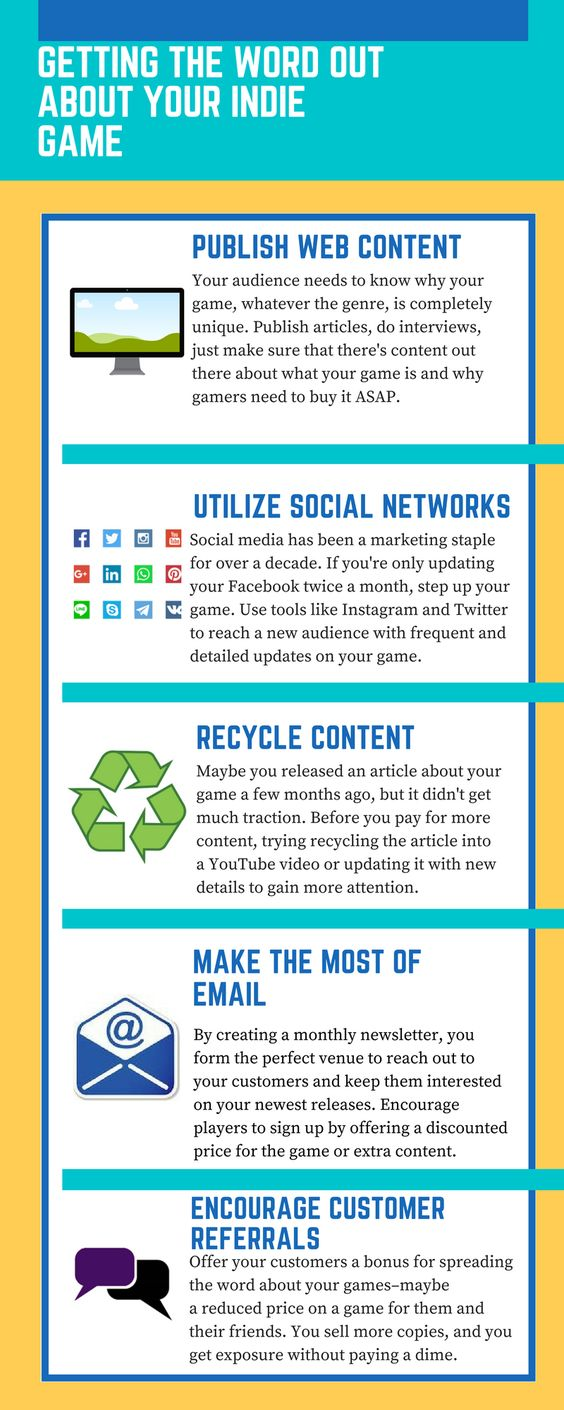
O que fazer para dar vida ao tal videojogo
Mais um gráfico que ilustra algumas ideias acerca do que fazer quando se pretende desenvolver um videojogo…
Perspectivas de num videojogo
Uma gráfico acerca das perspectivas de um videojogo..
Um exemplo de uma storyboard
encontrei um exemplo real de uma storyboard, de um jogo em desenvolvimento onde se devem fazer opções ao longo do percurso
curso: 3D for Games (em Lisboa)
“Dia 8 de Outubro abre o Programa 3D for Games. Vais ter a oportunidade de aprender Modelação, Escultura, Texturas, Iluminação e Render especialmente direcionadas para videojogos.”
+infos(oficial): http://www.odd-school.com/
+infos(rede social): https://www.facebook.com/oddschool/
+Dicas acerca do desenvolvimento de videojogos
Não encontrei o nome do autor do post onde li algumas informações acerca de factos e dicas relacionados com o desenvolvimento de videojogos.
Coisas que afectam normalmente o sucesso de um videojogo..
Lack of creativity and innovative appeal
Interesting monetization tactics
Banal features and lack of engaging elements
Poor user acquisition
Complicated or confusing game play
dicas:
1) Research to outsmart the competition
2) Determine the game platform
3) UI/UX Design should be a stunner
4) Create addictive stories
5) Create social engagement
6) Hook users with sensational sound effects
7) Don’t prioritize Monetization
8) Practice relentless testing standards
9) Introduce frequent updates
10) Be creative and proactive for Marketing
+infos(fonte): https://www.redbytes.in/how-to-make-a-video-game/
Mais umas referências de livros acerca do game design
Aqui estão mais umas boas referências de livros acerca do desenvolvimento de videojogos :)
A Theory of Fun for Game Design de Raph Koster
The Art of Game Design: A Book of Lenses de Jesse Schell

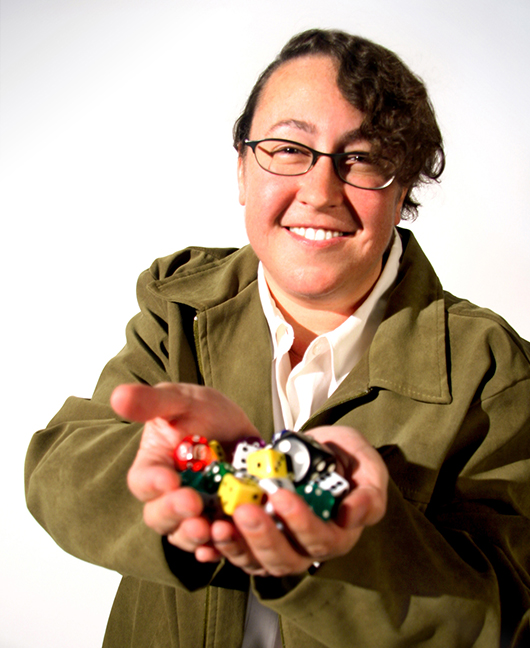
Game Design Workshop: A Playcentric Approach to Creating Innovative Games de Tracy Fullerton
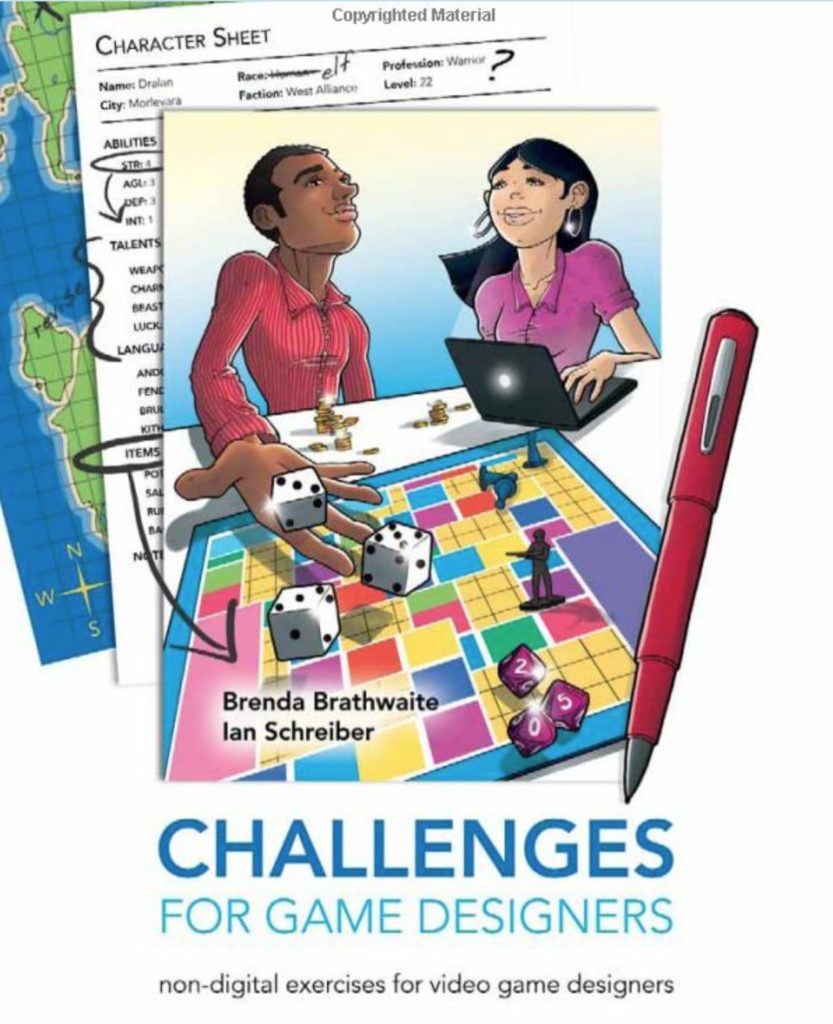
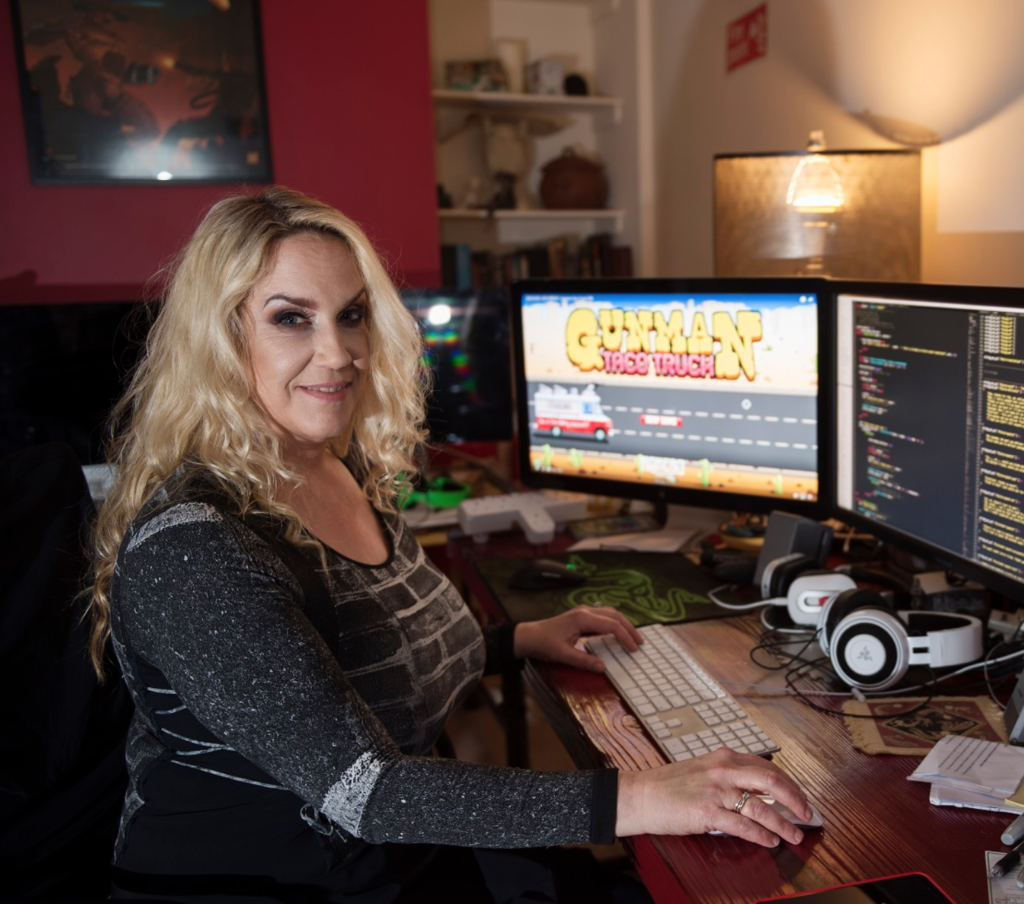
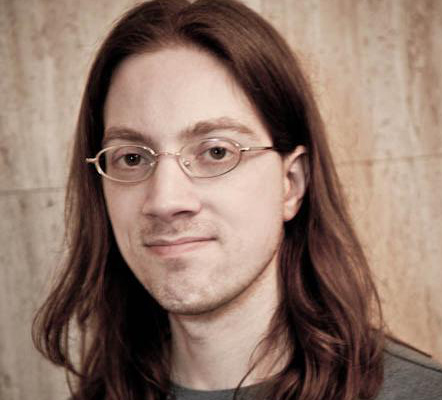
Challenges for Game Designers de Brenda Brathwaite & Ian Schreiber
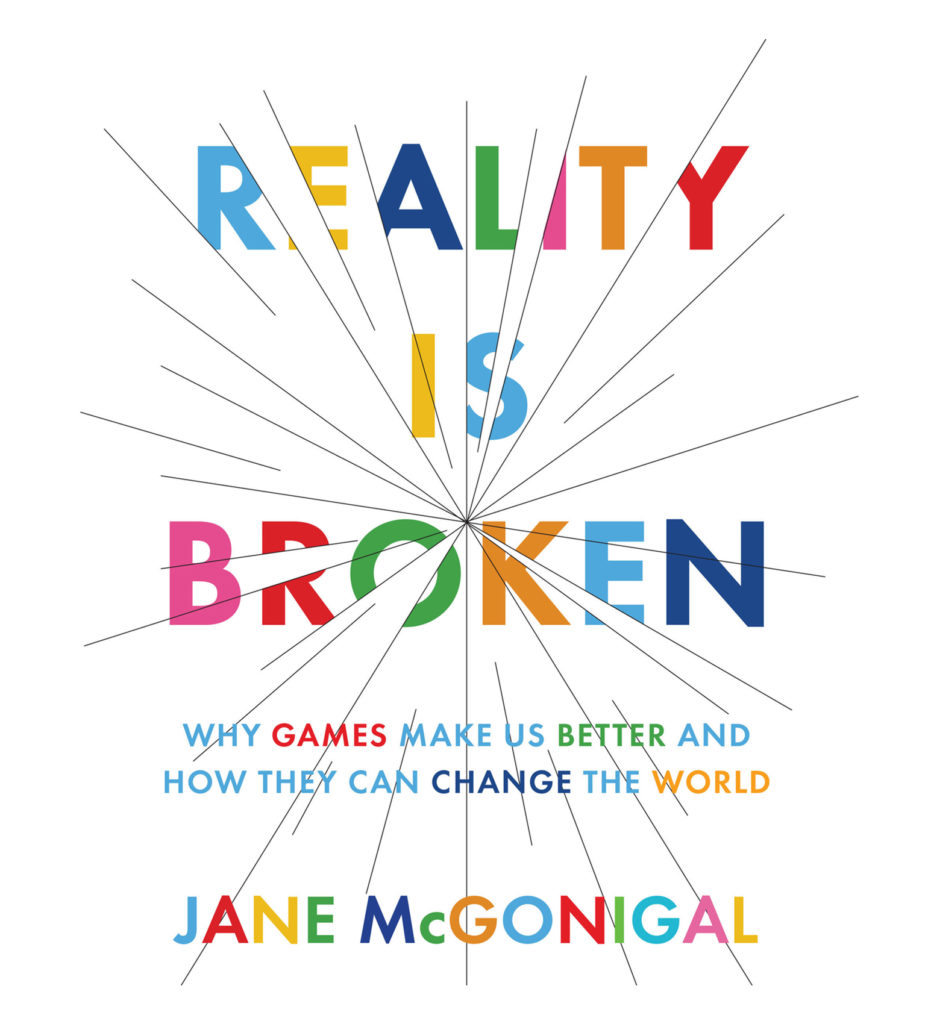

Reality Is Broken: Why Games Make Us Better and How They Can Change the World de Jane McGonigal

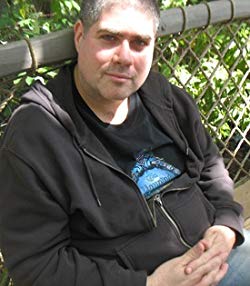
Level Up! The Guide to Great Video Game Design de Scott Rogers
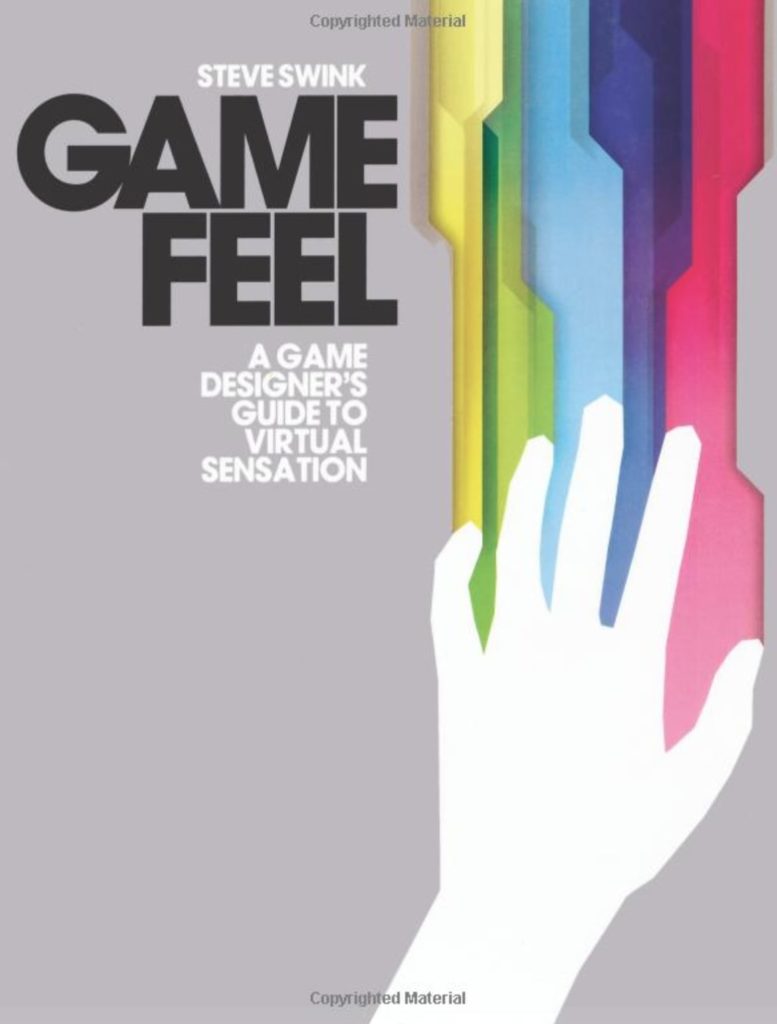

Game Feel: A Game Designer’s Guide to Virtual Sensation de Steve Swink
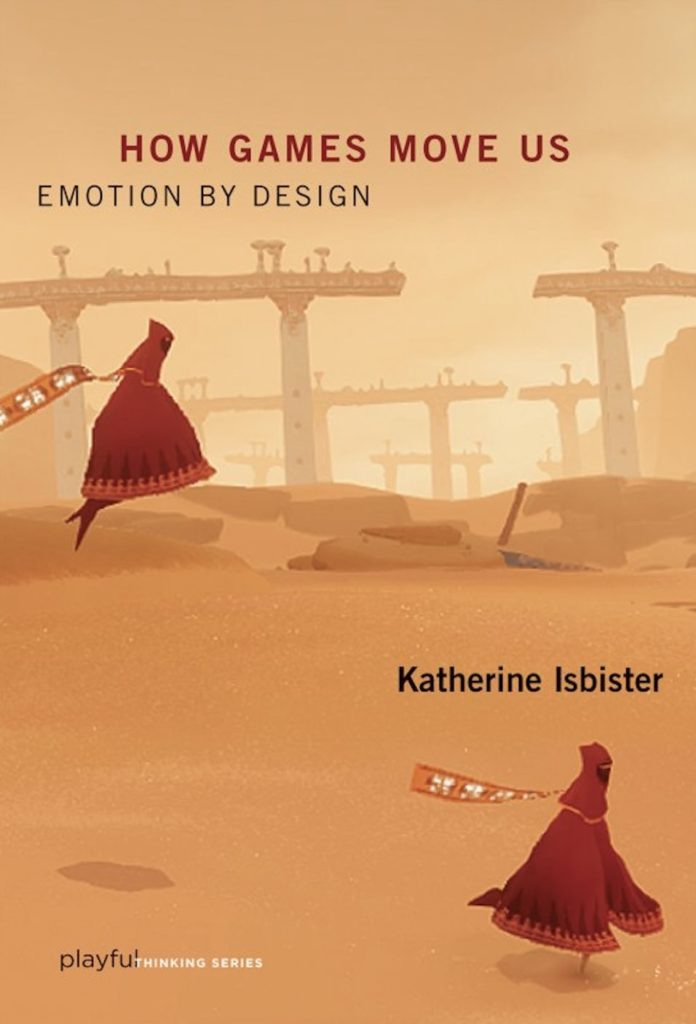

How Games Move Us: Emotion by Design (Playful Thinking) de Katherine Isbister


On Game Design de Chris Crawford
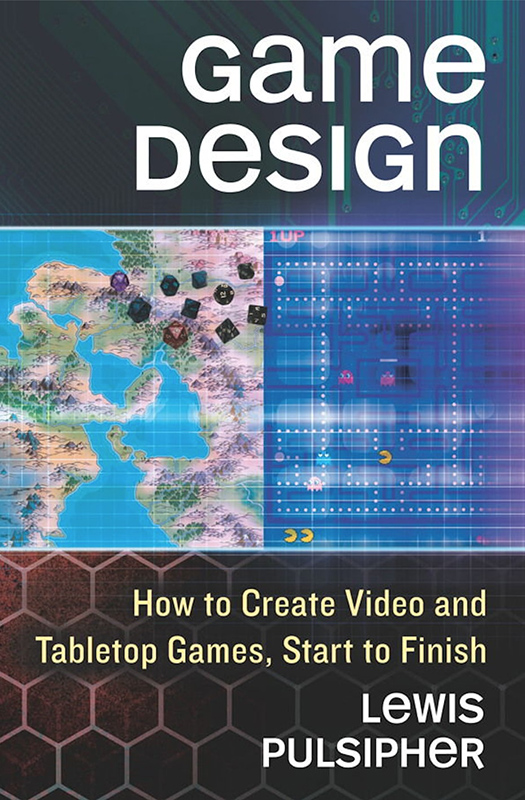
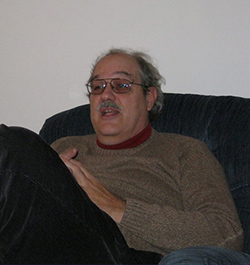
Game Design: How to Create Video and Tabletop Games, Start to Finish de Lewis Pulsipher
+infos(fonte): LINK
GDC 2018 SPECIAL
A malta da sonniss.com voltou a disponibilizar um pack de musicas e sons livres de serem usados.
+infos(a oferta): LINK
Ainda sobre os old games..
Existem sites que fazem negócio mantendo videojogos ao dispor dos utilizadores, apesar das tecnologias terem evoluído. Um desses exemplos é a malta do GOG.com, que fazem realmente um excelente trabalho.
Uma das coisas interessantes que se verifica é que muitos dos videojogos que foram desenvolvidos na década de oitenta e noventa não se sabe quem são os seus “donos” e mais terrível é que muitos dos donos não têm sequer o código fonte.
+infos(GOG): LINK
Roms, Nintendo or else
Eu nunca tive uma grande finidade pelos jogos da nintendo, não sei porquê mas foram episódios que me passaram ao lado. Não quero com isto dizer que não se trata de uma editora que faz coisas interessantes, que tem o seu nicho de sucesso, mas agora começo a perceber um pouco mais do que afinal é isso de construir um jogo na década de 80 e perpetuar a sua existência sem qualquer limite.
Site de ROMs com videojogos existem vários, contudo dois dos maiores foram recentemente encerrados por causa de um processo desencadeado pela Nintendo: O loveROMS e o LoveRETRO.
Algumas das situações não se podem esconder no assunto de se proteger um videojogo que saiu há cerca de 1, 2 ou 4 anos, mas sim impossibilitar que videojogos deixem de ser jogados porque entretanto as tecnologias evoluíram. Eu compreendo que alguns deles até estão disponíveis para serem jogados online (e oficialmente) em ecrãs de 4k e consolas topo de gama, mas para quê? que miúdos vão hoje experimentar um jogo da década de 80 quando têm ao seu dispor uma montanha de jogos indie que são gratuitos?
Atitudes destas como a da Nintendo não só vêm prejudicar o perpetuar de uma história bonita, que é a manutenção pela comunidade de um portefólio de videojogos, como não vai permitir que outros miúdos que não vão comprar esses videojogos os possam experimentar sem qualquer tipo de impedimento.
“shame on you nintendo”
+infos(noticia em destaque): LINK
+infos(noticia comentada): LINK
Bundle de livros..
O site humble bundle está com duas promoções de livros acerca de videojogos, uma relacionado com a programação de videojogos e a outra relacionada com o design.
a primeira campanha, “Humble Book Bundle: Game Design & Puzzlecraft”, continha alguns dos seguintes livros (infelizmente não fui a tempo para retirar a lista completa):
women in tech: take your career to the next level with pratical advice and inspiring stories by Tarah Wheeler
game theory in the age o chaos by Mike Selinker
a theory of fun for game design by Raph Koster
complete kobold guide to game design by Wolfgang Baur et al.
the bones: us and our dice, by Jeff Tidball and Will Hindmarch
puzzlecraft: the dlc, by mike selinker and Thomas Snyder
level uo!: the guide to great video game design, by Scott Rogers
kobold guide to board game design: the dlc by Mike Selinker
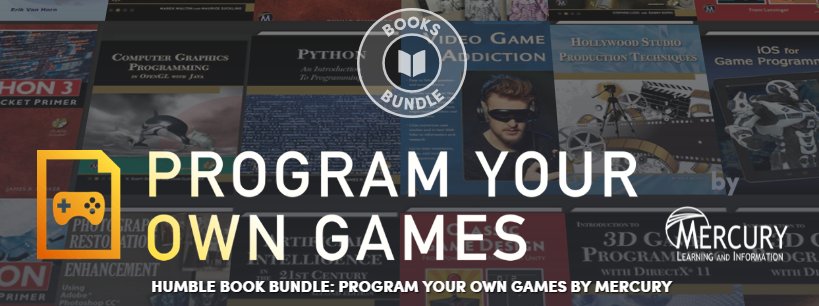
a segunda campanha, e que por esta altura ainda está a decorrer tem os seguintes livros:
Introduction to Game Development by James Parker
Python Pocket Primer by Oswald Campesato
Digital Filmmaking by Peter Shaner
Video Game Addiction by David Olle, J. Westcott
Hollywood Studio Production Techniques by Winnie Wong
Classic Game Design by Franz Lanzinger
Video Game Writing Second Edition by Maurice Suckling, Marek Walton
Game Testing Third Edition by C. Schultz, R. Denton Bryant
Introduction to 3D Game Programming Using DirectX 11 by Frank Luna
iOS for Game Programmers by Allen Sherrod
Programming Essentials Using Java by Wm. McAllister, S.J.Fritz
3D Character Development Workshop by Erik Van Horn
Computer Graphics Programming in OpenGL with Java by V. Scott Gordon, John L. Clevenger
Python 3 Pocket Primer by James Parker
Artificial Intelligence in the 21st Century Second Edition by S. Lucci, D.Kopec
Introduction to 3D Game Programming with DirectX12 by Frank Luna
Storyboarding Second Edition by Stephanie Torta, Vladmir Minuty
Photo Restoration Using Adobe Photoshop CC 2017 Second Edition by Vickie Wolper
Python An Introduction to Programming by James Parker
+infos(primeira): https://www.humblebundle.com/books/puzzlecraft-books
+infos (segunda): https://www.humblebundle.com/books/program-your-own-games-books
PLAY18, PLAY – Creative Gaming Festival
Concurso para um festa acerca do desenvolvimento de videojogos.. na alemanha!
Motivações que cheguem…
Texto interessante com o titulo: “Become a game developer: your first steps with programming” :)
+infos(post): LINK
Livros sobre videojogos
Apareceram no mercado mais dois livros de introdução a ambientes gráficos para o desenvolvimento de videojogos e que são:
Unity 2018 Game Development in 24 Hours, Sams Teach Yourself, 3rd Edition – LINK
Godot Engine Game Development in 24 Hours, Sams Teach Yourself: The Official Guide to Godot 3.0 – LINK
documentários: videojogos Indie
Lista de filmes, e a ver, acerca do desenvolvimento de videojogos Indie
1. The Lost Arcade
5. Stage of Development – The Human Stories of Video Games
+infos(fonte): LINK
Arduino + (unity, .., and other game engines)
arduino + unity:
https://www.alanzucconi.com/2015/10/07/how-to-integrate-arduino-with-unity/
https://github.com/relativty/wrmhl#getting-started-%EF%B8%8F
https://medium.com/@yifeiyin/communication-between-arduino-and-unity-9fdcccc2be3f
http://www.aidanlawrence.com/diy-arduino-unity-motion-controller/
Mais produtividades para as coisas que nos fazem felizes
“a) [What you want]
Write down 5 things that you would do if you had 30 more free minutes in your day.
Now, it has to be something that you want (not something that people expect from you). For example it could be to learn a new skill, spending time with your loved ones, or just chill or read a book that you meant to read for the past years
b) [More Time at home]
Wake-up 5-15 minutes earlier tomorrow
Key point:
- Set your alarm
- Get-up when the alarm goes off.
- No excuses, no delay. Just do it!
Now, you need to use this time actively to do something that you always wanted to do for a while.
So, use these 10 minutes as follows:
- Use the first 10 minutes to search/read about what you’d like to do
- Use the next 5 minutes to plan for how you could apply what you found tomorrow.
You don’t have to do much, but just to get in the habit of using this time (15 minutes) for this particular activity. So,
- if it’s exercising: read about Tabbata exercise (they are great for getting results using little time), and spend the next 5 minutes planning how you can do it tomorrow (e.g., what you need, the procedure, etc.).
- If it’s reading a book (or download a sample chapter): either buy the book or start reading it if you already have it.
- If its acquiring a skill: research about it and start identify relevant courses or steps you need to complete.
Whatever it is that you wish to do, don’t wait until you have more time; start to make room for it today, and use the time, as short as it may be, to think about it, plan it, and just get on with it…!
Key points for this activity:
- Wake-up when the alarm goes off: no excuses…!
- Be focused, don’t drift to check your work email or any other distractions.
- Just focus on one thing.
c) [More Efficient Time at work]
Download a timer (or use your own watch) and time your activities.
This idea here is to focus on one thing at a time during work.
Using the timer will mean that you can only measure the time for the current activity. If you are in the middle of a task, and you feel like checking emails or anything else, focus on completing your current task (stay away from the inbox for now :-)).
Key points for this activity:
- Have only the window that you need open for the current task
- Resist drifting to your email inbox
- Close this email client
- If you do need to check your email, set times when you will do so, ideally 3 times per day (e.g., 9.00am, 12.pm, and 3.00pm), this will help you to focus on your other tasks and to only check emails when it is needed.
Set 10 minutes of uninterrupted time at work and use it for yourself. I repeat: use it for YOURSELF. So it could be looking at more information about your hobby or starting your side project. It may be easier to take this time off your lunch break or at the end of the day, 10 minutes before you finish.
Key points for this activity:
- Set a time to start, and whatever you are doing at this time, stop, and focus on your 10 minutes.
- Time it so that you use the full 10 minutes for yourself
- Make sure you are uninterrupted
- Only focus on one thing: that is, something that you would like to do and that you have identified previously.
Bonus Time: if you managed to check your email only 4 times on the day (or less), use 15 minutes of ME Time instead of 10. You have earned it!
That’s it.
d) More time at home in the evening
Because you are starting to wake up earlier, you also want to make sure that you go to sleep earlier. So here is the deal:
- Set an alarm on your phone so that it goes off 45 minutes before your ideal bed-time.
- By ideal I mean the bed time that will give you enough time to sleep and recover from the day. For some people it may mean 8hours sleep, for other 7hours. So, let’s say that you now wake up at 6.30am in the morning, then you could try to go to be at 10.30pm, and that would give you about 8hours of sleep, which would be wonderful. So in this case, put your evening alarm for 9.45pm.
Key points for this task:
- When the alarm goes off at 9.45pm, give yourself 5 minutes to finish what you were doing, and start the evening routine (tooth brushing, etc.) and then read a book (preferably a fiction)
- It is important that you keep this routine, so that you build a habit progressively
- If you need to, you can put some relaxing music from 10.00 onward, as it will help you to wind down.
- At 9.45pm switch off the Internet, put your pone on flight-mode, and also switch off the TV. Its time for your brain to chill, and to disconnect from the cloud. “
by Patrick Felicia
